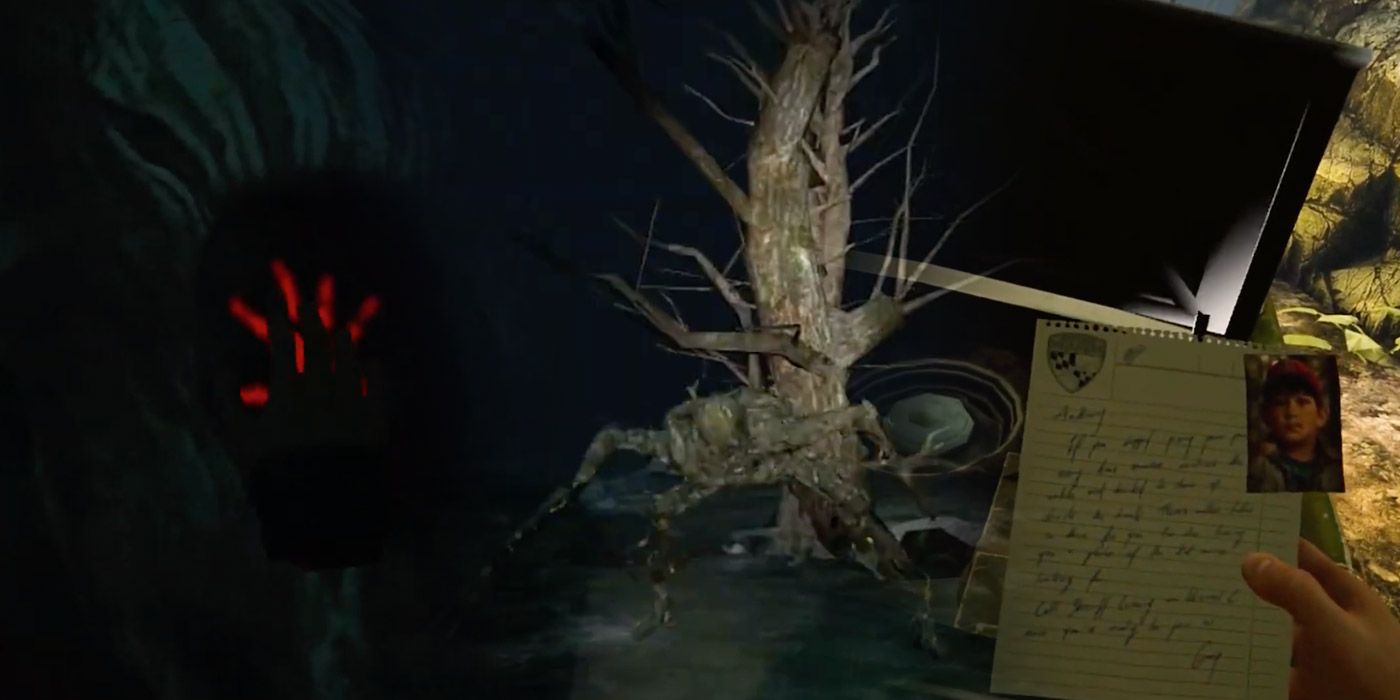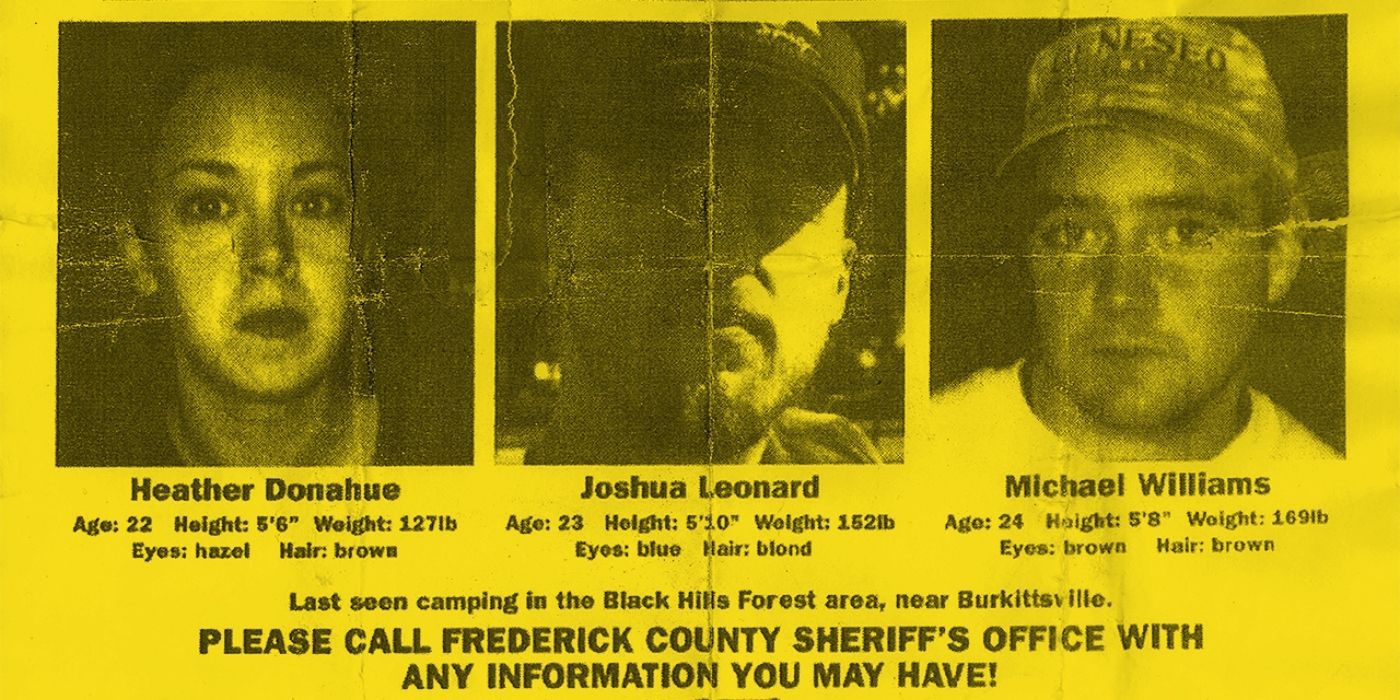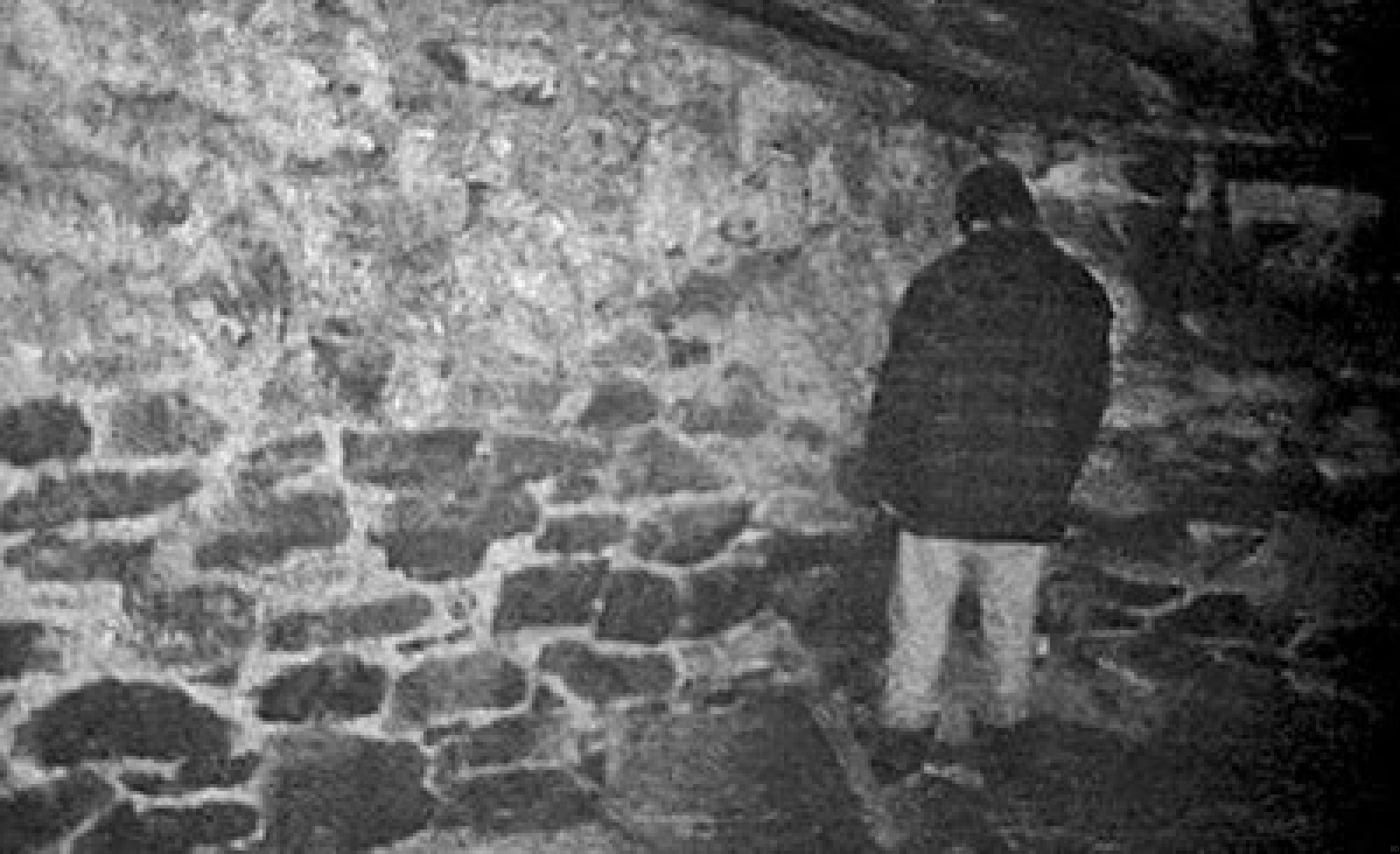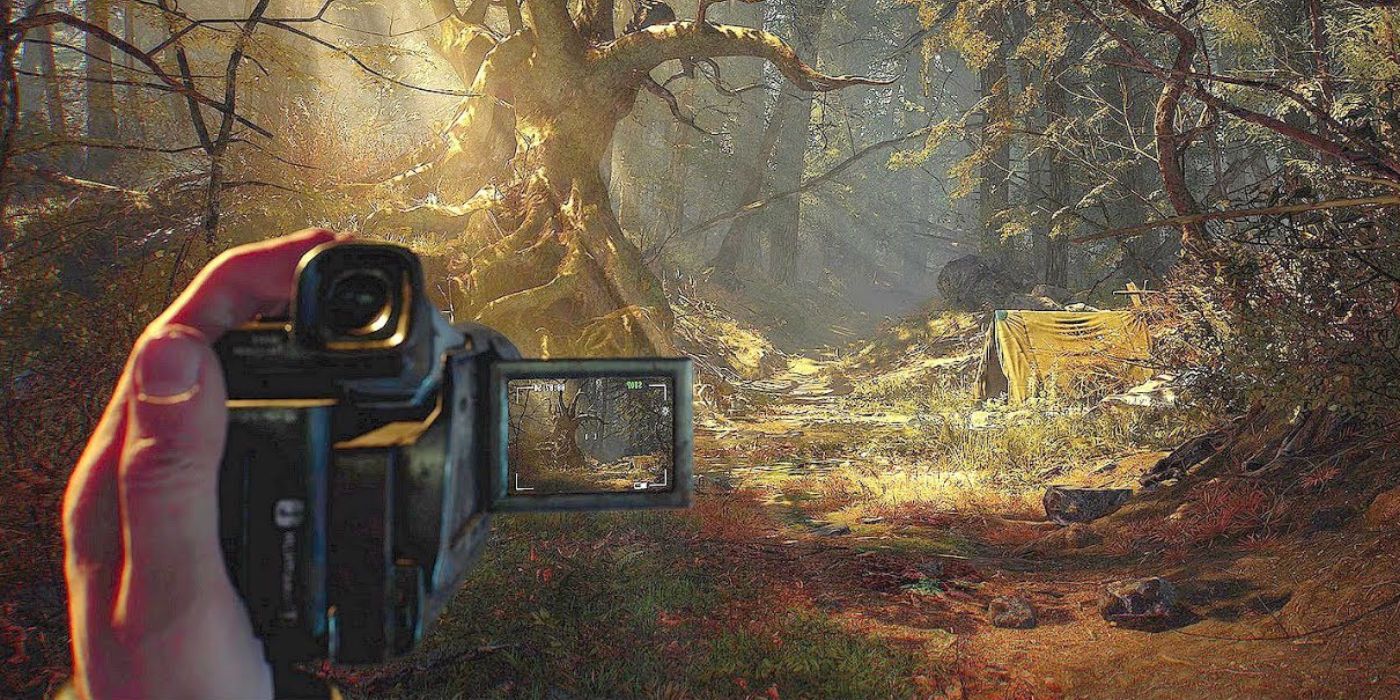Blair Witch: Oculus Quest Edition Faces One Huge Challenge the Movie Didn't

Blair Witch: Oculus Quest Edition is set for release on October 29, just in time for Halloween. The Blair Witch Project’s release in 1999 was arguably one of the most unique events in film and marketing since the advent of movies. While the internet age of mass information makes it increasingly hard to understand, the film had huge swaths of it audience totally convinced that they really were witnessing found footage, a technique which would later be used in films like Cloverfield, though with no attempt at masking the latter film’s fictionality.
With Blair Witch: Oculus Quest Edition taking players back to the haunted woods of the Black Hills, there’s a unique opportunity the game has by taking the series into VR, as well as some huge challenges it faces in 2020 that the original film did not in 1999.

There is no doubt in the marketing of Blair Witch: Oculus Quest Edition that the upcoming game is a complete work of fiction. Indeed, it’s hard to imagine how any video game would emulate the marketing campaign of the original Blair Witch Project, considering that it requires a player to interact with it and cannot present itself as found footage. Because of this, there are a few key themes from the original Blair Witch which are either necessarily left behind or transformed for the new medium.
The original Blair Witch Project played with one key anxiety as the source of its horror. Though doctored footage and photographs had existed since the creation of cameras, The Blair Witch Project’s creation coincided with an increasing realization that the internet allowed any information to be disseminated as true with an air of authority in a way that hoaxes never had before.
An entire website was created for the film’s release which presented an entire history of the events leading up to the events of the film, dating all the way back to February, 1785. Any name or location mentioned linked to a photograph or secondary description, and the entire website was presented as factual information in a way that the marketing for 2019's Blair Witch and its upcoming VR edition cannot emulate. With the film’s three main stars barred from doing publicity for the film to maintain the illusion, the only hint that The Blair Witch Project was a work of fiction was a legally mandated paragraph buried in the movie's credits, which few filmgoers saw or read.

The Blair Witch Project is a film deeply invested in the idea that people can no longer trust their perspective. This includes not being able to believe what they see directly represented in film, what they see in photographs, or what they read on the internet, a theme which is even more relevant today than it was back in 1999. It’s no coincidence that the final shot and climactic moment of horror in the film shows Joshua Leonard standing facing the corner of the basement Heather enters, his view completely limited just as the camera itself presents a necessarily limited view of events, even without doctoring.
The Blair Witch herself is never seen, and for the main theme the film explores, that makes total sense. The Blair Witch Project’s horror lies in what the viewers cannot see – they cannot gain any more information beyond what the “found footage” shows them and the claims made on the website, and when Josh is taken by the witch he loses the ability to gain any perspective on the events around him. This has some huge implications – and opportunities – for a Blair Witch game adapted for virtual reality.

Virtual reality allows players to gain the perspective on their surrounding which viewers of the original film were denied. Similarly, the format as a video game make the fictionality of the story undeniable and moves Bloober Team's video game version of The Blair Witch Project away from some of the key themes of the original movie. While the player operates a camera in the Blair Witch: Oculus Quest Edition, their viewpoint is no longer limited through the camera itself as in the film, but through the direct viewpoint of the filmmaker. The ability to look around, and look away, hugely diverts from the original themes of the movie.
However, it also presents Blair Witch: Oculus Quest Edition with some huge opportunities to explore new themes which might be able to form spiritual successors to those found in the 1999 film. What does it mean for a video game in 2020 to explore a virtual space where absolutely nothing is believed to be real to begin with? What does it mean to experience an emotional reaction to that evident fiction regardless of how clearly fiction it is, and how does this relate to the way players consume other kinds of media?
Blair Witch: Oculus Quest Edition has an opportunity to explore a form of horror game which goes beyond the jump scares of many other games in the genre. The Blair Witch Project explored a moment in time when people were increasingly confronted with the possibility that what they were seeing and reading was fake despite appearing otherwise. Virtual reality is an interesting successor to film in that regard, and while it allows gamers to turn their heads, it still raises a lot of questions about what it means to immerse oneself in a totally fake perspective.
Blair Witch: Oculus Quest Edition is faced with a huge challenge if the game is going to avoid losing some of the themes and marketing techniques which lead viewers to return to The Blair Witch Project even 21 years after its cinematic release. However, if the game leans in to exploring the effects of its new medium and the limitations of the Oculus headset, rather than simply using it to immerse players in a standard horror game, the game has the potential to be a worthy successor to the film in a brand new medium.
Blair Witch: Oculus Quest Edition will be available on October 29.

Post a Comment